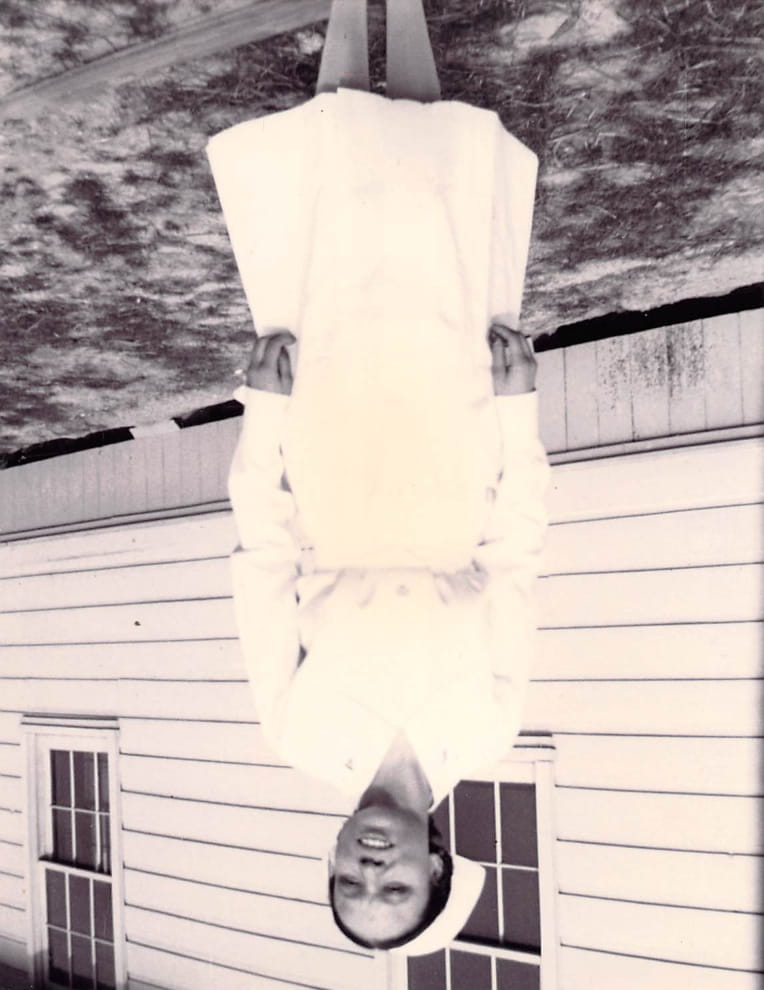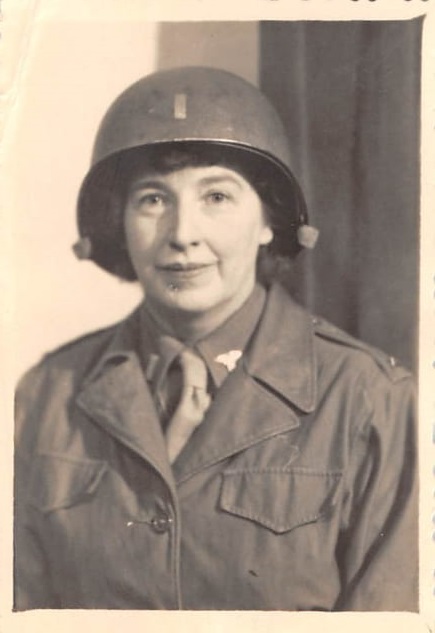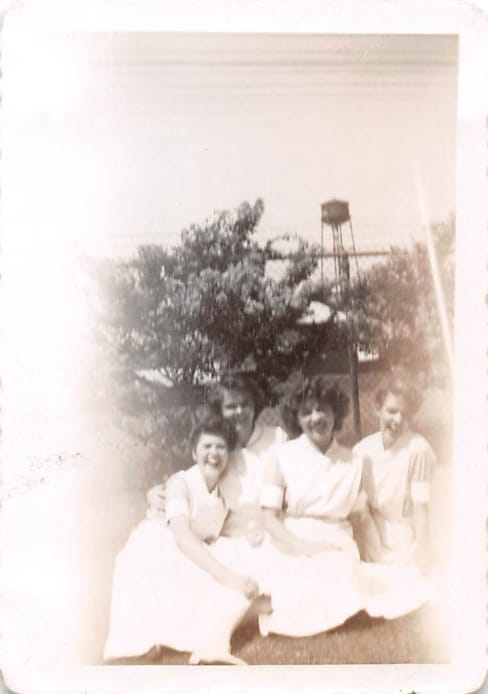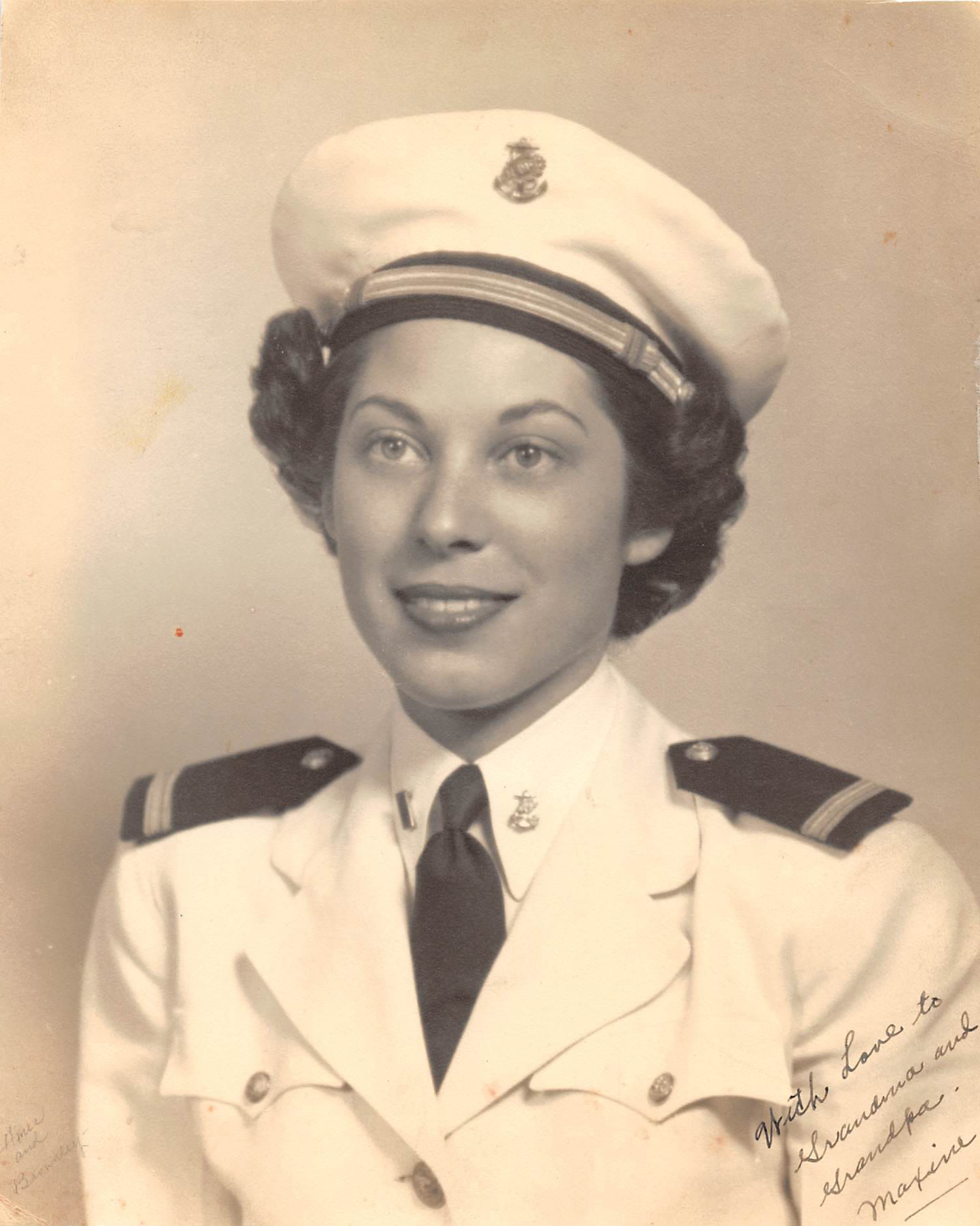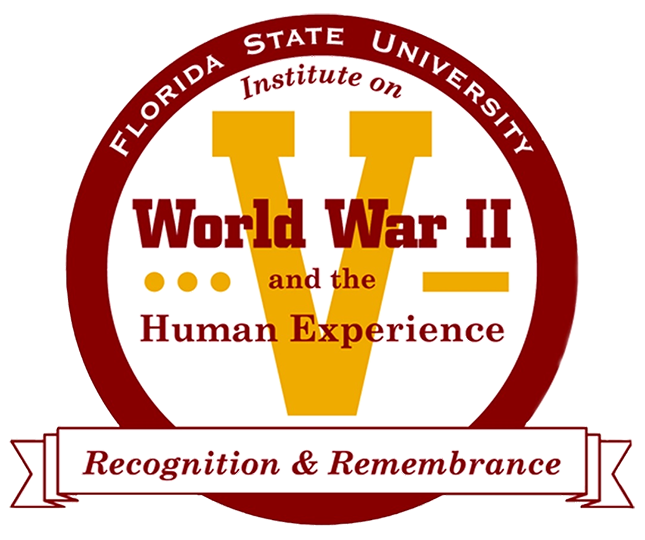Medicine
The United States military has a long history of military nursing. The Army Nurse Corps was officially established in 1901 but American military nursing has a history dating back to the American Revolution. There were less than 1,000 nurses in the Army Nurse Corps the day of the attack on Pearl Harbor. Recruitment increased exponentially after the attack. Six months later, the Army Nurse Corps had 12,000 nurses. They initially accepted only a limited number of African American nurses but were pressured to drop their quota system in 1944. Gertrude Margaritte Ivory-Bertram served as a ward nurse in Fort Bragg, West Africa, and Louisiana. She enlisted in 1941 before the quota was dropped. Nurses were organized in a “chain of evacuation” with mobile field and evacuation hospitals closer to the front lines, and more stationary station and general hospitals, which were farther away. Dell Dinneen served abroad in the European and Mediterranean Theaters with the 61st Field Hospital and the 110th Station Hospital. Her photographs show the tents used at these mobile hospitals.
Clara Barton founded the American Red Cross in 1881 after working with soldiers during the Civil War. By World War II, 7.5 million volunteers and 39,000 paid staff were working with the military, 71,000 of which were nurses. The Red Cross Nursing Service composed over 90% of the nurses serving in the military during World War II at home and overseas. Service clubs overseas offered a range of services to the armed forces including meals, recreational activities, overnight accommodations, barbershops, and laundry. Clubmobiles appeared in Great Britain in 1942. These converted trucks manned by these women provided coffee and donuts, and distributed goods such as newspapers and chewing gum to the troops.
The Cadet Nurse Corps (CNC) was established in 1943 in response to the shortage of nurses in World War II. Editha Anderson Shaw graduated from the program in 1947. The program used federal funds to provide scholarships and stipends to students and nursing schools. Recruits were high school graduates aged 17-35 who had good grades and were in good health.
Despite occurring before the Civil Rights Movement, which took place in the 1950s and 1960s, the funds were to be dispersed uniformly regardless of race or ethnicity. The CNC was successful, with 124,065 nurses graduating from the program between 1943 and 1948. Amongst them were 3,000 African American women.
The Navy Nurse Corps was established in 1908. Navy Nurses served alongside sailors in World War II. Eleven Navy Nurses were stationed at Pearl Harbor when the Japanese attacked. Five nurses in Guam and eleven in Manila were captured and kept as POWs. Navy Nurse responsibilities included teaching and supervising the training of corpsmen in patient-care, personal hygiene, and health management skills that they would need when at sea or in combat. Maxine Newlander served in the United States and in Guam, where she cared for those wounded in battle in Okinawa and Iwo Jima.
Sources:
"A Brief History of the American Red Cross," PDF File, American Red Cross, https://www.redcross.org/content/dam/redcross/National/history-full-history.pdf.
Dinneen, Dell, collection. The Institute on World War II and the Human Experience, Florida State University, Tallahassee, Florida. http://purl.fcla.edu/fsu/WWII_01_0276. https://archives.lib.fsu.edu/repositories/6/resources/1015
Heather Willever and John Parascandola, "The Cadet Nurse Corps, 1943-48," Public Health Reports (1974-) 109, no. 3 (May/June 1994): 455, https://www.jstor.org/stable/4597613.
Ivory Bertram, Gertrude Margaritte, collection. The Institute on World War II and the Human Experience, Florida State University, Tallahassee, Florida. http://purl.fcla.edu/fsu/WWII_07_0114. https://archives.lib.fsu.edu/repositories/6/resources/466
Lord, Alexandra, "Creating the Cadet Nurse Corps for World War II," National Museum of American History, last modified May 5, 2016, https://americanhistory.si.edu/blog/creating-cadet-nurse-corps-world-war-ii
Newlander, Maxine, papers. Institute on World War II and the Human Experience, Florida State University, Tallahassee, Florida. http://purl.fcla.edu/fsu/WWII_02_0166. https://archives.lib.fsu.edu/repositories/6/resources/129
Shaw, Editha Anderson, collection. Institute on World War II and the Human Experience, Florida State University, Tallahassee, Florida.
The American Journal of Nursing. "The Army Nurse." The American Journal of Nursing 66, no. 2 (February 1966), 290. https://www.jstor.org/stable/3419876.
United States Army Center of Military History, The Army Nurse Corps in World War II (United States Army, 2003), https://history.army.mil/books/wwii/72-14/72-14.HTM.
WAVES National. A Pictorial History of Navy Women, 1908 – 1988. 1990.


